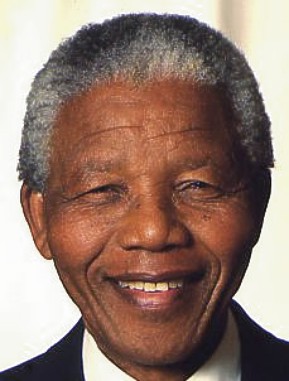Biography
Mandela’s Youth
Nelson Mandela was born Rolihlahla Mandela on July 18, 1918, in a rural village in the Transkei region of South Africa. His name means “troublemaker” in the Xhosa language. A teacher at a Christian mission school later gave him the name Nelson. Mandela rose from a humble village of mud huts into a comfortable life as the adopted son of a Tembu chief.
As a young man, Mandela attended university, but was dismissed because he took part in a student protest, his first act of civil rights activism. In the 1940s, Mandela entered into the turbulent world of South African racial politics by joining in the liberation movement known as the African National Congress (A.N.C).
The Origins of Apartheid
Since the arrival of the Dutch and British colonists in the 1600 and 1700s, black South Africans – and all people of color in South Africa – had steadily been pushed out of power. Racist policies of the European-dominated governments took away their basic human rights. By 1950, Afrikaners (South African whites of Dutch descent) had control of the government and enacted the modern form of apartheid. Under this system, black South Africans could not have a voice in the government, socialize with whites, or travel outside their living area without government approval.
Mandela’s Activism and Imprisonment
Mandela was a founding member of the African National Congress's Youth League and later become second-in-command. Through this group, Mandela was able to take organized political action against apartheid. In the 1950s, he was the leader of the African National Congress. The South African government considered him an enemy.
In 1963, the government put Mandela on trial for treason, condemning him to a lifetime sentence. Throughout his imprisonment, Mandela continued his work to end apartheid by sending secret messages from his cell on Robben Island.
Leader of a New South Africa
On February 2, 1990, 27 years after Mandela was imprisoned, South Africa’s president Frederik Willem de Klerk removed the ban on the A.N.C and released Mandela. The two men had held meetings about his release while Mandela was in prison. Three years later, Mandela and de Klerk were jointly awarded the Nobel Peace Prize. Mandela used the joint award to show forgiveness, and that reconciliation was possible in the deeply politically and racially divided South Africa.
In 2009, an abridged version of Mandela's 1995 autobiography, Long Walk to Freedom, was published for children. In that same year, the United Nations declared his birthday as Nelson Mandela International Day.

Poorva Meena
ReplyDelete11-A